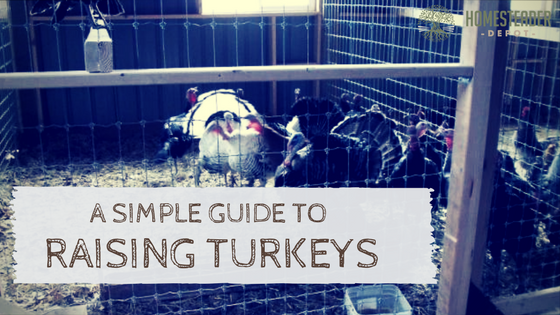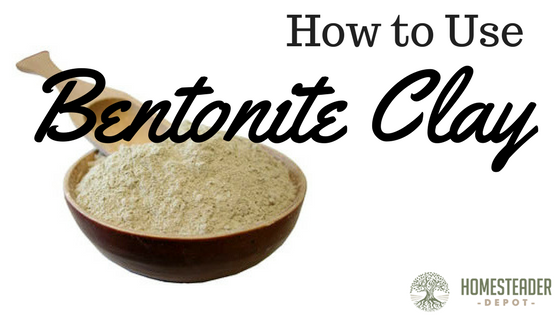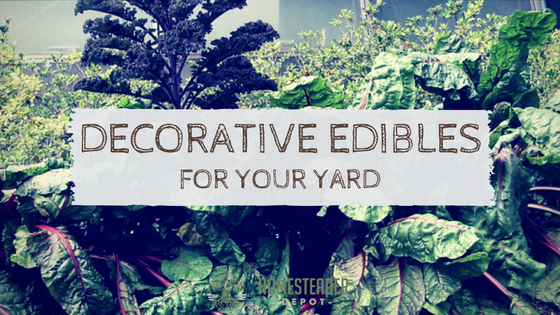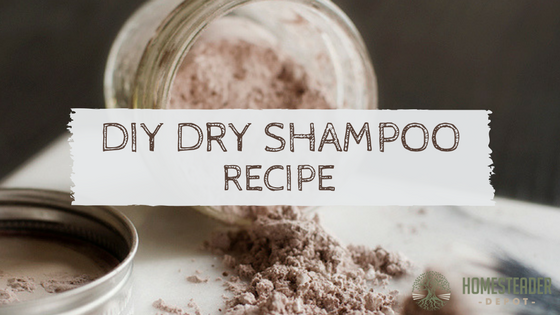The 11 Commandments of Cast Iron Care (Graphic)
Most people who own and regularly use cast iron can’t gush enough about it. You might wonder what all the hype is about cast iron, and you also might wonder why people are so legalistic about cleaning it. The thing is, they’re really not so difficult to care for, at all, and no matter how … Read more








